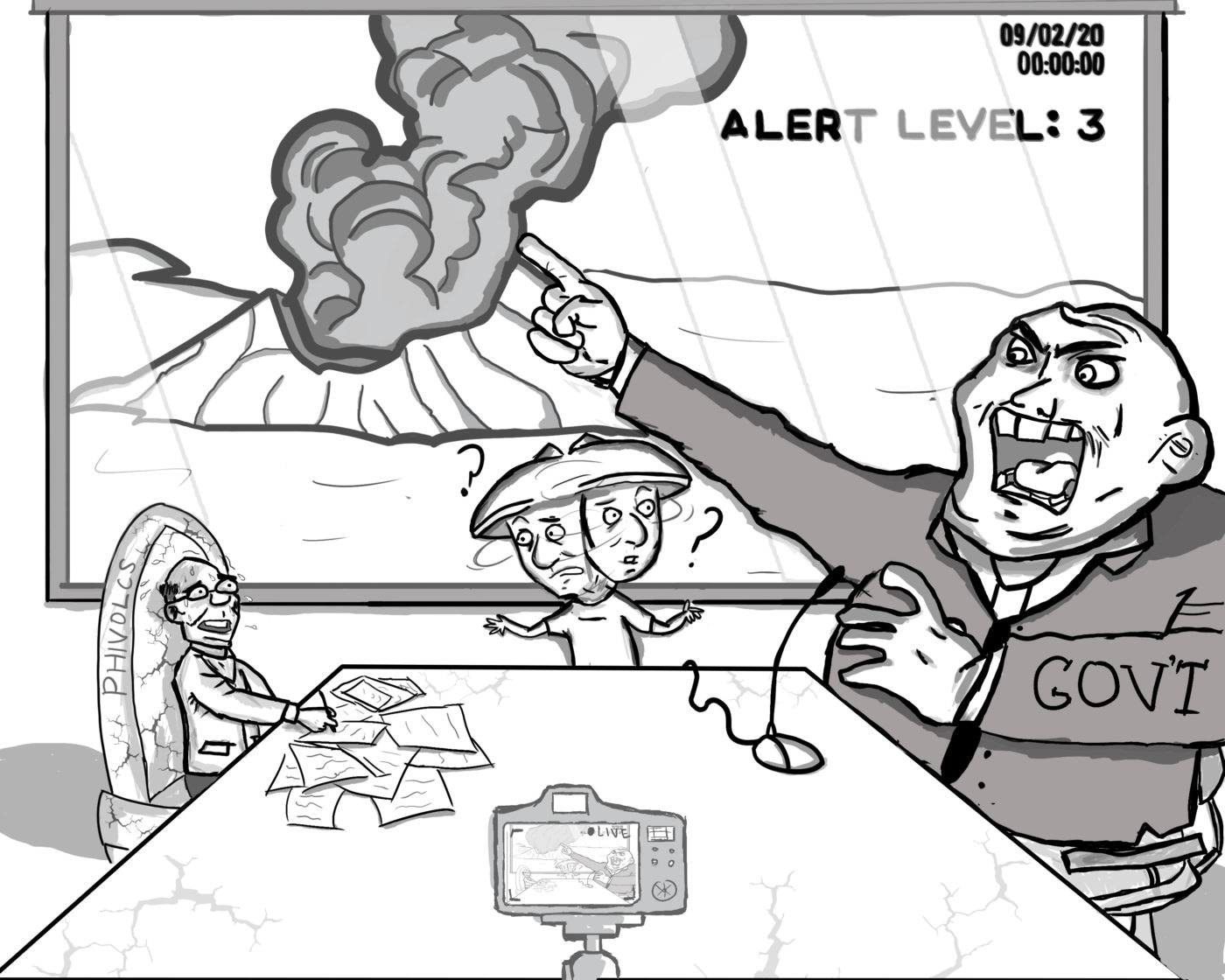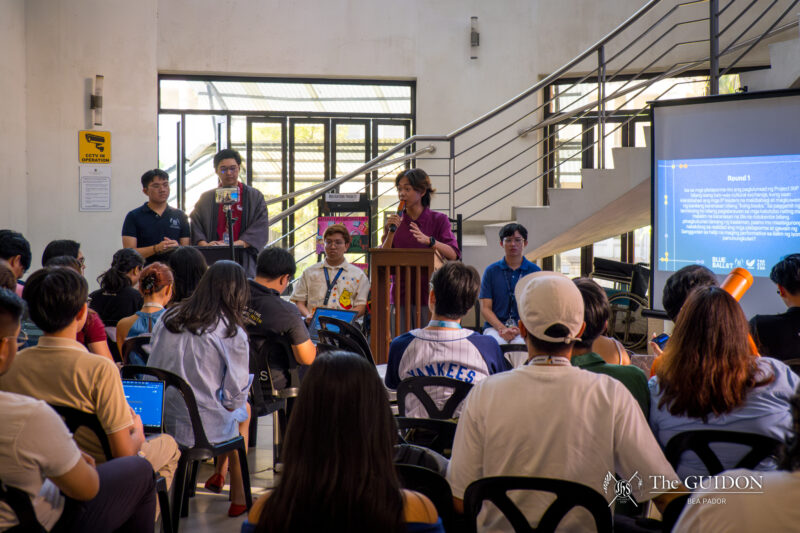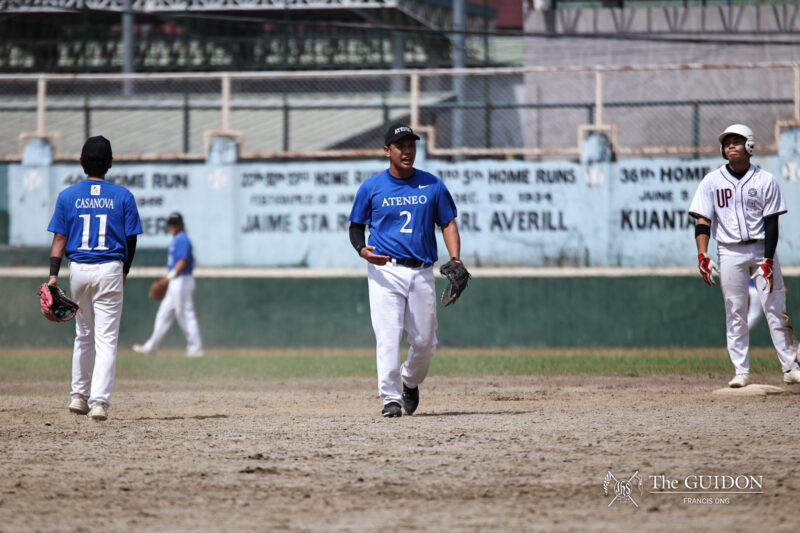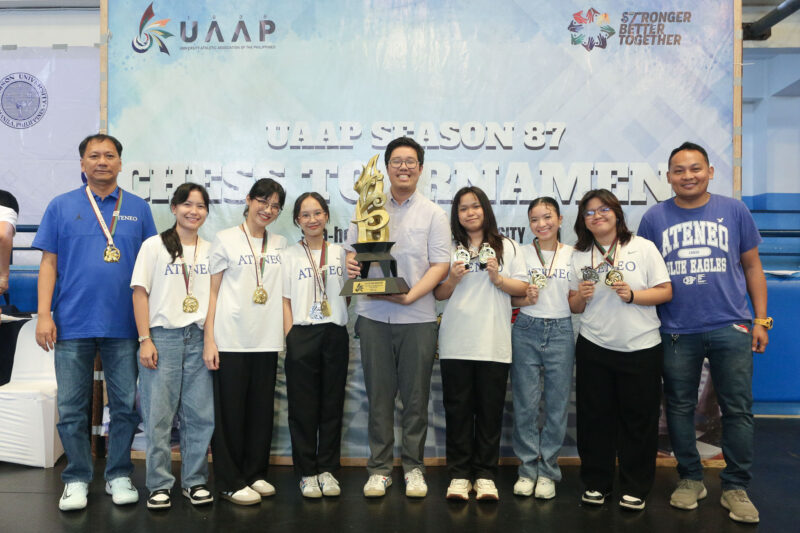
THE ERUPTION of the Taal Volcano on January 12 forced more than 300,000 residents from surrounding areas to evacuate their homes. As soon as the Philippine Institute of Volcanology and Seismology (PHIVOLCS) lowered the alert level from Level 4 to Level 3, checkpoints were installed to maintain security and order for residents making their way back home. Although PHIVOLCS has been issuing initial warnings since March 28 2019, criticisms aiming to discredit the government agency surfaced from government officials.
Following the Taal Volcano eruption, some government officials questioned PHIVOLCS’ credibility due to its alleged lack of warnings, turning a blind eye to the root of the issue: Fractured science communication in the Philippines. For example, Talisay Vice Mayor Charlie Natanauan criticized PHIVOLCS Chief Seismologist Renato Solidum’s warnings of an “imminent hazardous eruption,” calling these opinion-based. Meanwhile, Cavite 4th District Representative Elpidio Barzaga Jr. called for a House probe to investigate PHIVOLCS’ failure to release sufficient warnings ahead of the eruption.
These statements from government officials manifest distrust towards science-backed recommendations for disaster preparedness. The solution to this lies in leading by example: The media need to foster trust in scientists’ input on disaster management and monitoring and their contributions to public safety.
Breaking barriers
One of the major challenges towards openness to facts is Filipinos’ tendency to choose faith over science when confronted with adversities, standing by religious beliefs such as bahala na ang Diyos (God will provide). In health-related issues such as vaccination, scientific data is sometimes believed to be pagan, contributing to public hesitance in trusting science-backed information.
Some people doubt the credibility of science mainly because it offers approximates on the natural world. However, it may be helpful for Filipinos to consider what lies in the heart of science: Uncertainty, which will remain constant as times change.
Change then stands as the foundation of research—despite uncertainty, science is still capable of providing reliable recommendations for disaster response and prevention. These approximates remain useful in ensuring public safety, such as when seismology is integral to planning institutional earthquake drills.
Collaborative effort
Filipinos from all walks of life must learn to trust the sciences, especially in cases of disaster—one way to achieve this is by reevaluating how science is communicated at the educational level. However, educational institutions have yet to standardize the varying methods of teaching science-related subject matters to students.
With this, there is a need to find more accessible channels to disseminate such information. The Philippine media plays a crucial role in helping this cause—the communication of scientific findings and developments in a clear and entertaining way may aid in capturing public attention.
Better science communication between the media and the public fosters an understanding of science-related issues as well. One way that the media can achieve this is by changing the way it delivers content to its audiences—making unfamiliar scientific jargon more digestible to the public and regularly covering science-related news are examples of doing so. For scientists, a myth-buster approach to communicating some scientific findings can temper controversies or conspiracy theories. Media may also popularize science TV shows that are relevant to common people such as those found on National Geographic.
As an influential entity, the media holds the power to contribute substantially to changing perceptions of science in the country. Otherwise, faulty perceptions of science may remain uncorrected.
However, science communication is not a one-way street. It is just as important for audiences to provide scientists their feedback and inquiries about the information they receive. Providing channels for open communication minimizes the gaps between scientists and the public. Online websites and news about science may include forum discussions that allow for more interactions between scientists and the public. Through this, science becomes increasingly present, accessible, and sustained in the country.
Looking on
Bolstering science communication in the Philippines is a necessary step towards fostering transparent communication among scientists, government officials, and the general public. Doing so will improve the Philippines’ disaster risk management and response and promote close collaboration with scientists—such as those in PHIVOLCS—who constantly work to improve society’s quality of life.
The general public’s mistrust towards scientists following the Taal Volcano eruption emphasizes the need for better science communication in the Philippines. However, its success lies in empowering scientists, creating channels for public inquiry, and simplifying complex scientific information.







